Aneurus Inconstans, a plant scientist by background, wandered into cancer research, wide-eyed and excited like a child into a toy store. Everything he touches brings immense joy of discovery to our data integrity sleuth. Everything is beautifully fake and excitingly fraudulent.
After his recent Sicilian adventure, follow Aneurus now to the little visited aisle of Argentinian cancer research. A fairy-tale world inside a CONICET lab in Buenos Aires whose trainees move on to USA to do great science at Weill Cornell.
The Fraud Squad
Either a Muslim colleague or a retired technician did it. Or so these Sicilian professors insist.
Magic in cancer research: yet another case from Argentina
By Aneurus Inconstans
Cancer researcher Patricia Virginia Elizalde is principal investigator at the Instituto de Biología y Medicina Experimental (IBYME) in Buenos Aires, an institute that belongs to CONICET, the National Scientific and Technical Research Council of Argertina. IBYME was founded in 1944 by the Nobel Prize winner Bernardo Houssay and enjoys a certain reputation. Its former director, as well as former president of the whole CONICET, was Elizalde’s mentor, the late Eduardo Charreau, a bigwig of cancer research in South America. Among 52 original research articles authored by Dr Elizalde and her collaborators (many with Charreau on), 16 (a third) are now flagged on PubPeer for issues hard to explain with random errors. The rest doesn’t inspire much confidence either, but in many (too many) suspicious blots the proverbial “smoking gun” wasn’t found. None of the authors replied to any thread on PubPeer as of today.
Dr Elizalde became senior tenured scientist at IBYME in 1994 and troubles arose as early as 2001, when she was aiming to get promoted to principal scientist, which then happened in 2006. The time span of the problematic articles is 20+ years and up to the present day.
The Elizalde lab works on breast cancer, and in particular on the receptor tyrosine kinase ErbB-2/HER2. ErbB-2 overexpression is a trademark of a breast cancer subtype, namely ErbB-2-enriched (ErbB-2E). The Elizalde lab allegedly contributed to demonstrate that ErbB-2 migrates to the nucleus of ErbB-2E breast cancer cells where it binds promoters of target genes and functions as a transcription factor to promote breast cancer growth. Another line of research carried out in this lab is on triple negative breast cancer (TNBC), defined by lack of expression of both estrogen and progesterone receptors as well as ErbB-2. The Elizalde lab apparently developed a vaccination protocol based on the serial injection of breast cancer cells – whose oncoprotein Stat3 was previously blocked -that was able to inhibit TNBC growth in mice, as stated on the lab website.
Here are two problematic works from 2001, the time when data digitalization and the spread of Photoshop use came into play in each laboratory:
Balañá ME, Labriola L, Salatino M, Movsichoff F, Peters G, Charreau EH, Elizalde PV* Activation of ErbB-2 via a hierarchical interaction between ErbB-2 and type I insulin-like growth factor receptor in mammary tumor cells Oncogene (2001) doi: 10.1038/sj.onc.1204050 (*corresponding author)

The IGF-IR Western blot of Figure 4 is the same one published two years before in Figure 6 of Balañá et al. 1999, which allegedly shows Erb-B3 signal after immuno-precipitation. The experiment type, the treatments involved and the detected protein are all different, this is why a picture reuse due to files mislabelling seems unlikely. Was that just a mistake by the first author Maria Eugenia Balaña, now senior scientist at ICT-CONICET (Instituto de Ciencia y Tecnología César Milstein), or was instead the beginning of the history of fraudulent shortcuts taken by this lab?
Spandidos and the Paper Mill
Papermills run by Chinese universities and funding a notorious Greek publisher. Smut Clyde tells it all!
More serious and not explainable by an accidental event is the patchwork of bands found in Figure 3 of the following paper, published in a Spandidos Publications (!) journal. Dr Elizalde is just a middle author here, while the first and corresponding author is María Giselle Peters, now group leader at the Instituto de Oncología Ángel H. Roffo in Buenos Aires:
Peters MG*, Vanzulli S, Elizalde PV, Charreau EH, Goin MM. Effects of antiprogestins RU486 and ZK98299 on the expression of cell cycle proteins of a medroxyprogesterone acetate (MPA)-induced murine mammary tumor Oncol Rep (2001) doi: 10.3892/or.8.2.445
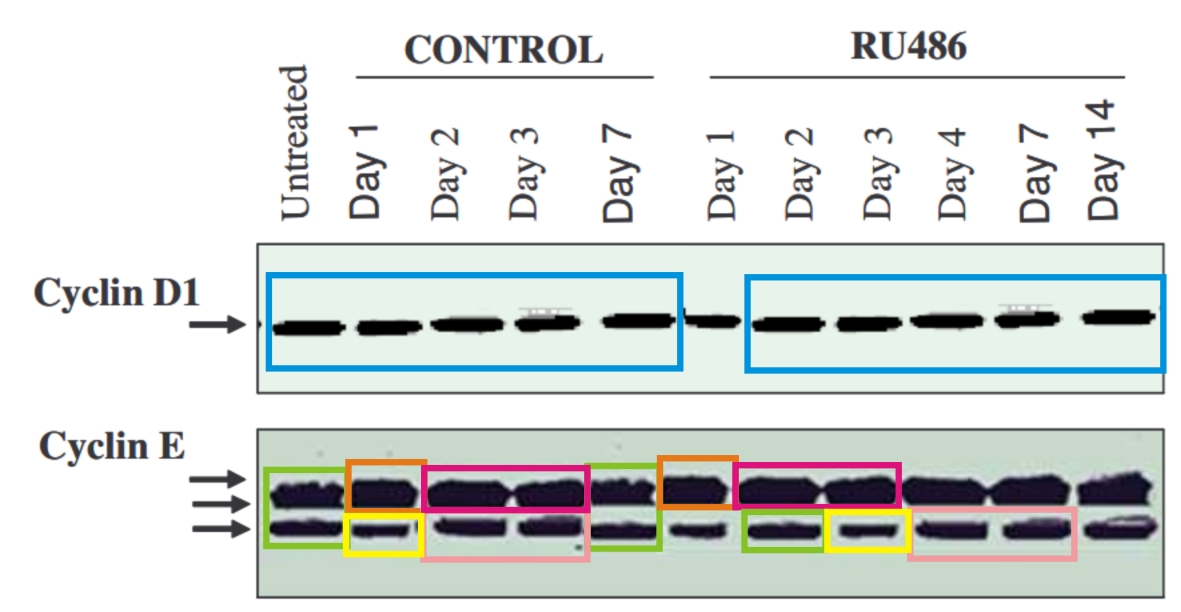

Dr Peters published only 11 papers in total, and 5 are flagged in PubPeer with outrageous fabrications. A heck of a ratio. She published very fake stuff also without Elizalde actually, please have a look at Stigliano et al. 2009 or Fernandez et al. 2018 for instance, but the following one is probably the worst:
Buchanan C, Stigliano I, Garay-Malpartida HM, Rodrigues Gomes L, Puricelli L, Sogayar MC, Bal de Kier Joffé E, Peters MG* Glypican-3 reexpression regulates apoptosis in murine adenocarcinoma mammary cells modulating PI3K/Akt and p38MAPK signaling pathways Breast Cancer Res Treat (2010) doi: 10.1007/s10549-009-0362-9





Going back to Elizalde’s wizardry, now come a number of articles published between 2005-2010, the time when fraud in science really became pandemic. You will admire how this group dropped all hesitations and inhibitory restraint by making up Western blots on a much larger scale. The Elizalde lab even passed peer-review in the respected journal Molecular & Cellular Biology on three occasions with massive data fabrication. Here below the first Mol Cell Biol paper, analyzed by the anonymous PubPeer commenter Fuscopannaria mediterranea, brace yourself:
Proietti C, Salatino M, Rosemblit C, Carnevale R, Pecci A, Kornblihtt AR, Molinolo AA, Frahm I, Charreau EH, Schillaci R, Elizalde PV* Progestins induce transcriptional activation of signal transducer and activator of transcription 3 (Stat3) via a Jak- and Src-dependent mechanism in breast cancer cells Mol Cell Biol (2005) doi: 10.1128/MCB.25.12.4826-4840.2005

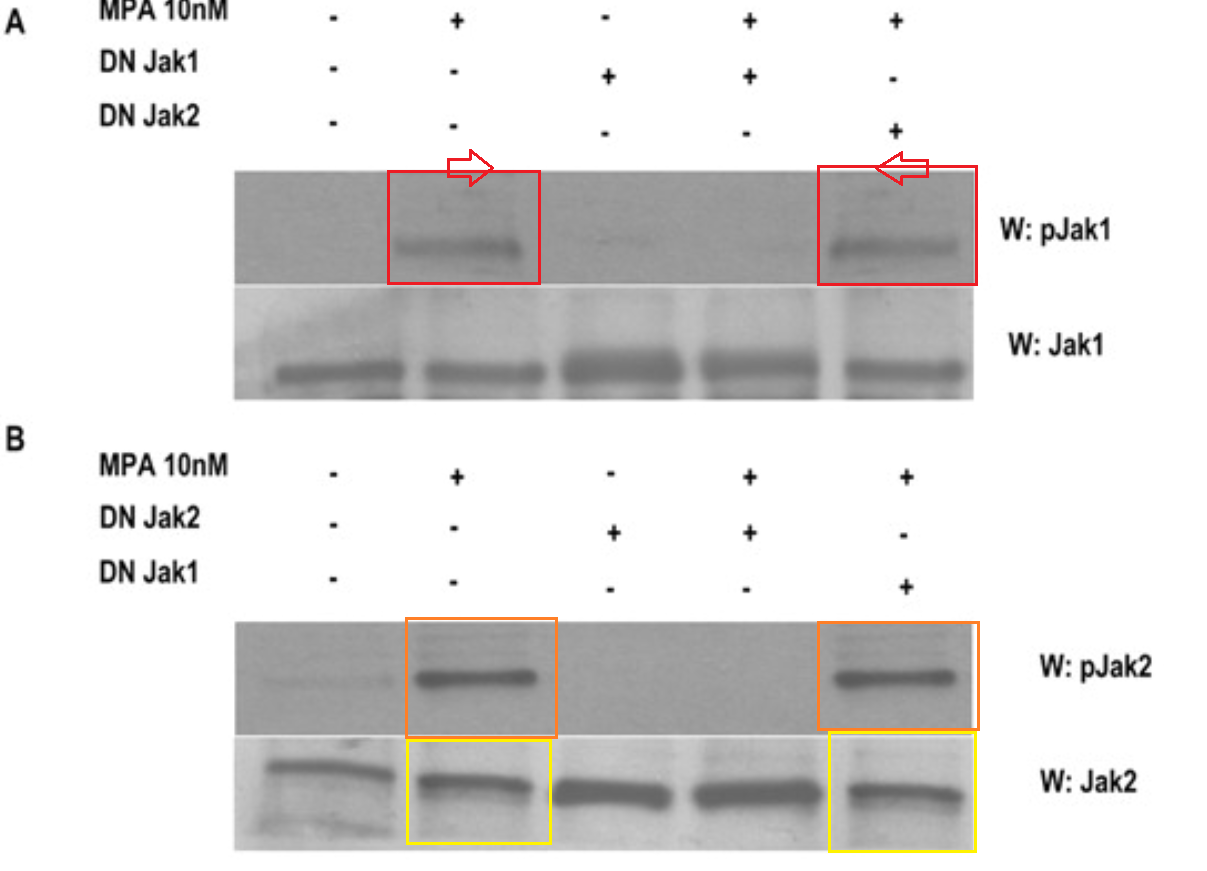

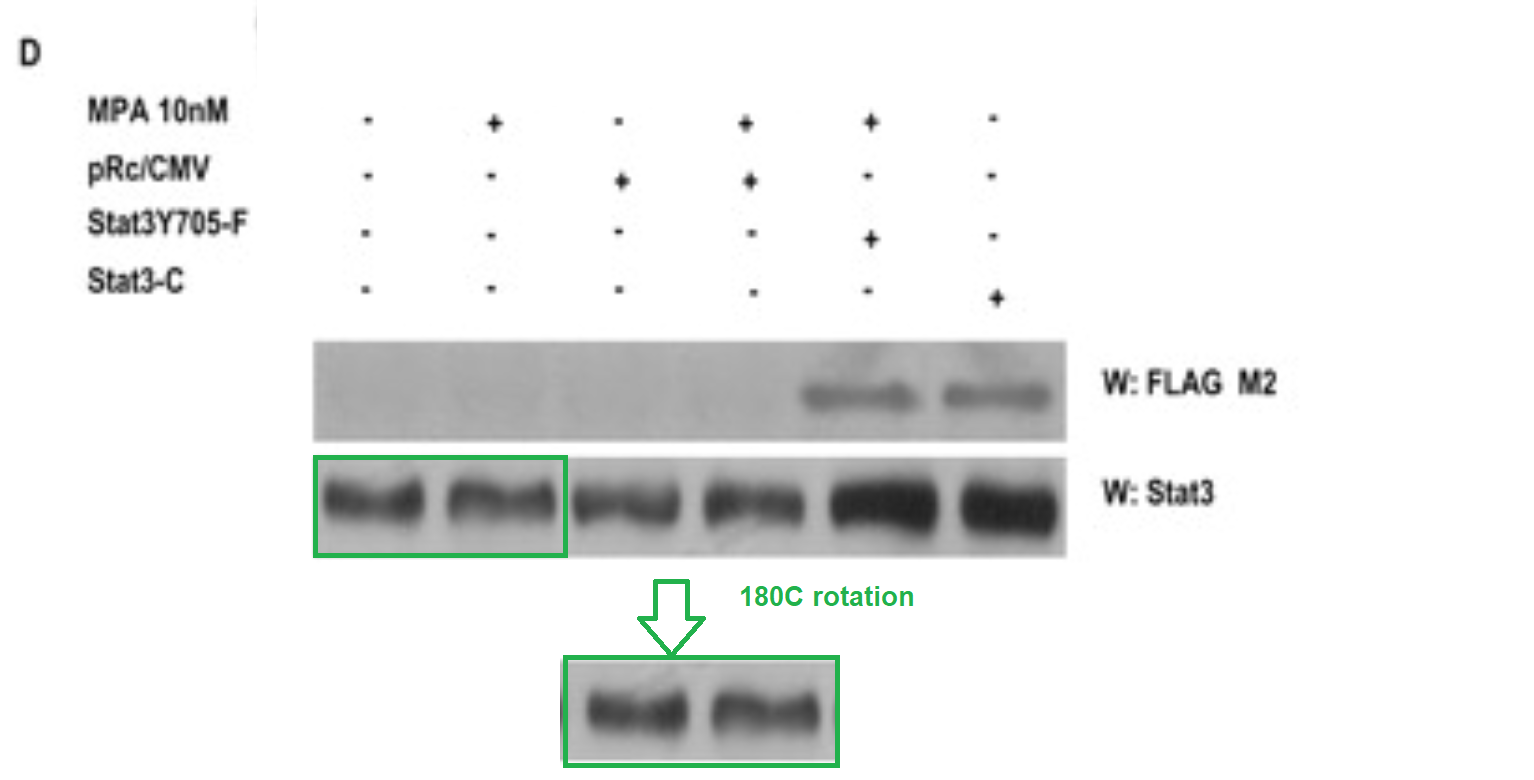
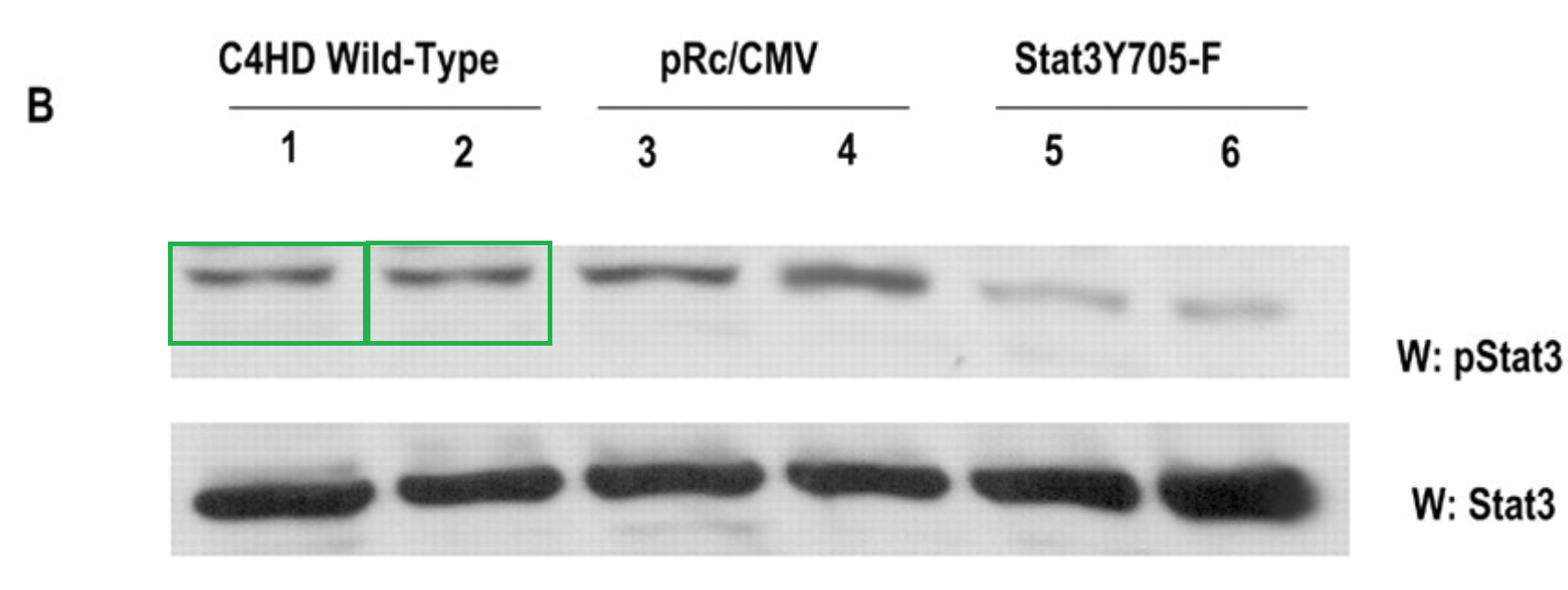
First author Cecilia Jazmín Proietti, adjunct investigator at IBYME, co-authored 14 problematic papers with Elizalde and seems to be the right-hand woman of the boss. After all, it would have been a shame to let such a creative person slip away. Here another milestone by the magical Proietti-Elizalde duo:
Proietti CJ, Rosemblit C, Beguelin W, Rivas MA, Díaz Flaqué MC, Charreau EH, Schillaci R, Elizalde PV* Activation of Stat3 by heregulin/ErbB-2 through the co-option of progesterone receptor signaling drives breast cancer growth Mol Cell Biol (2009) doi: 10.1128/MCB.00853-08
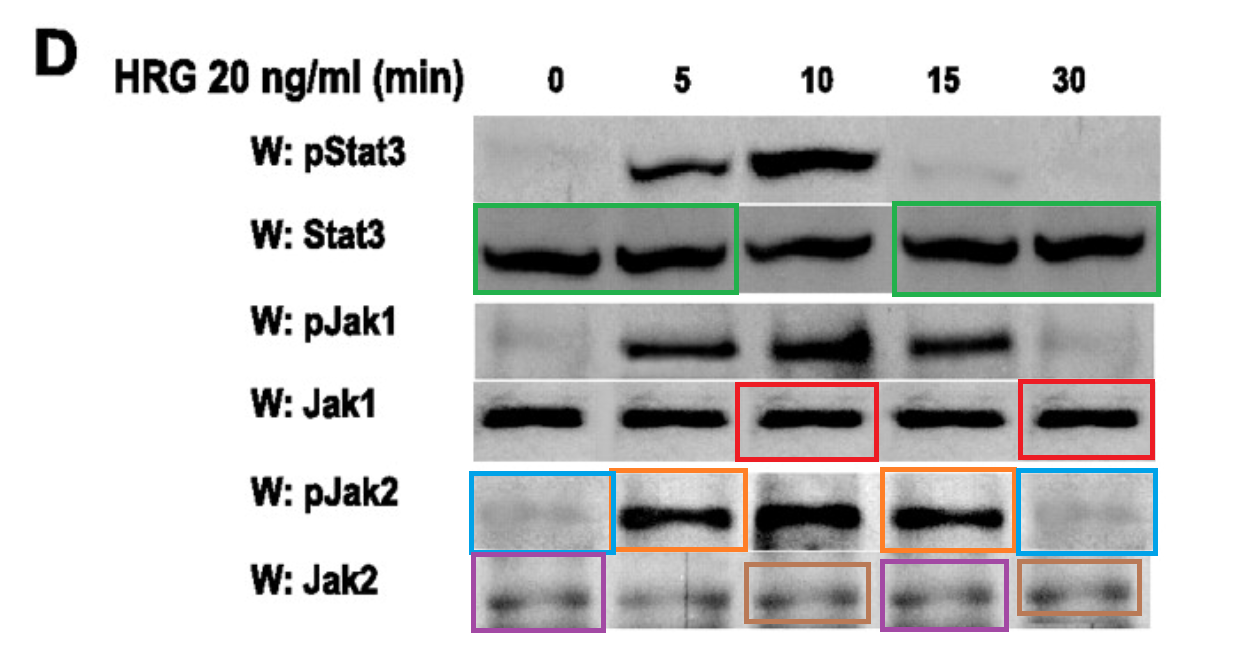



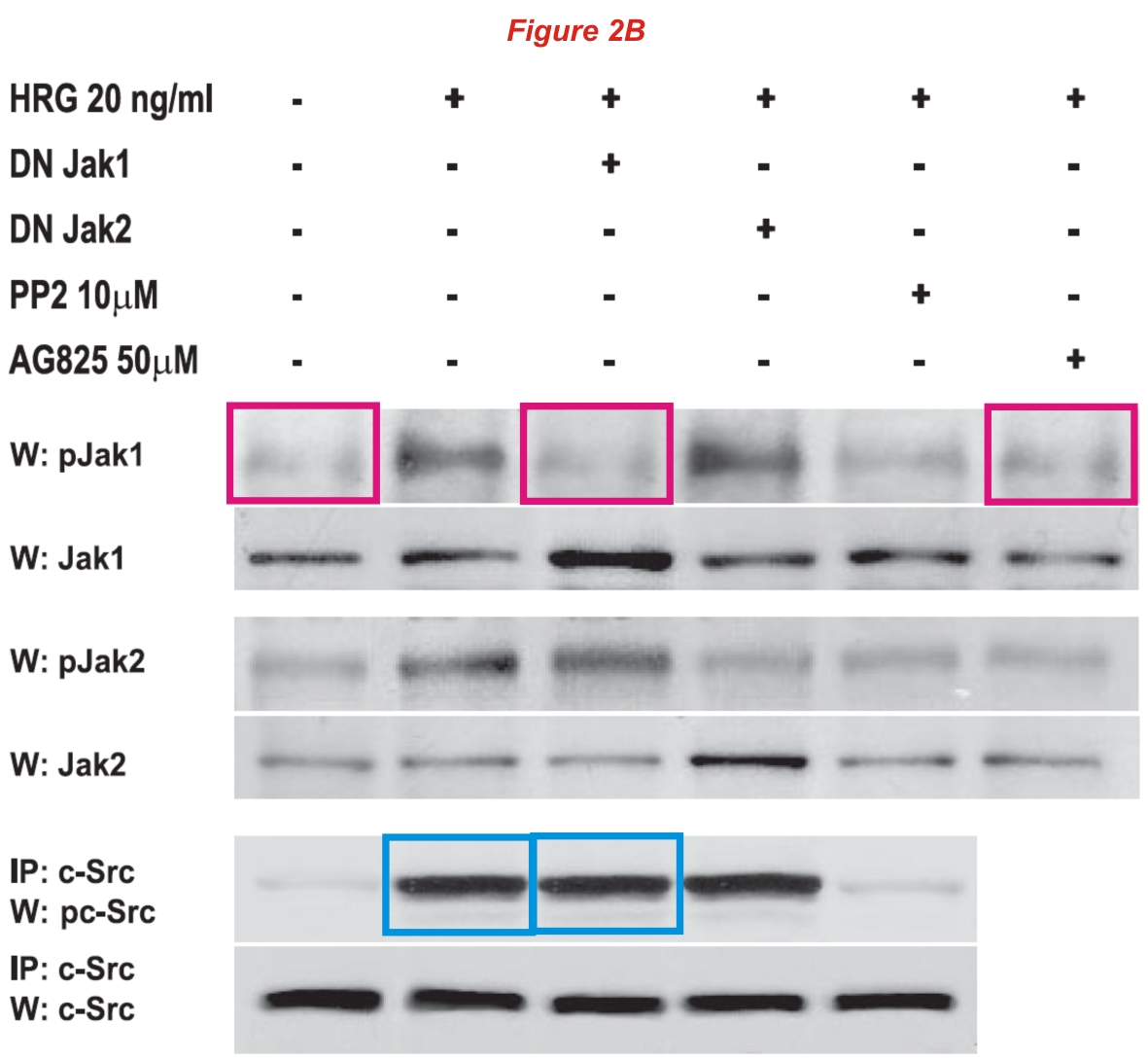
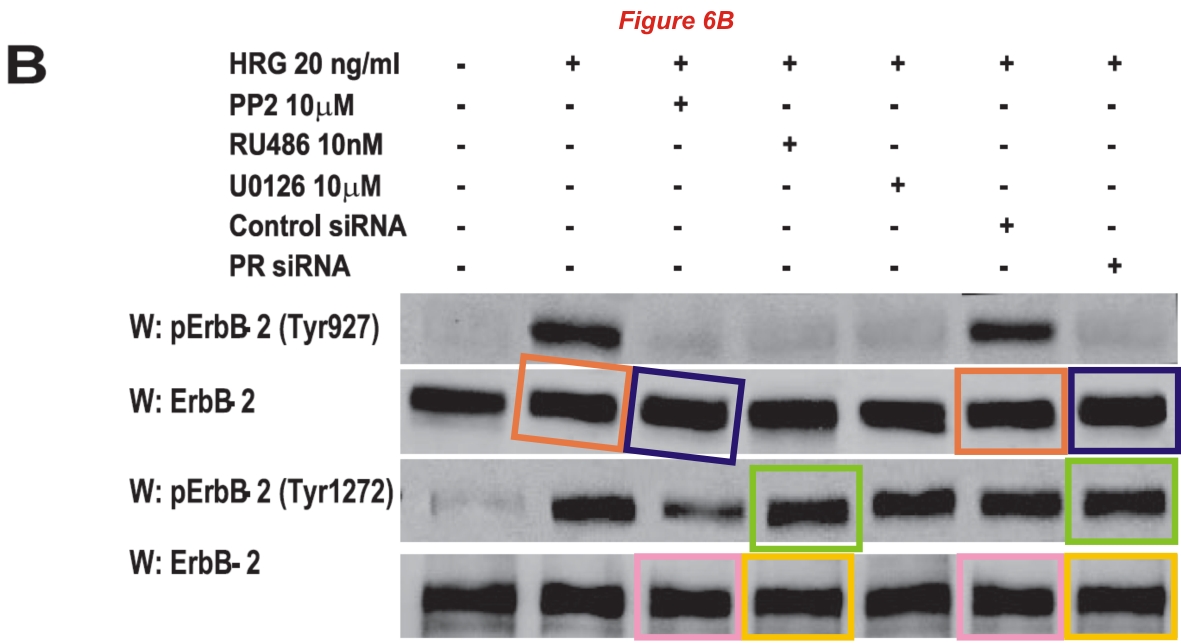
These are just some of the problems, as figures 1B, 3D and 6C are equally entertaining (please refer to the PubPeer thread for the whole set).
Yet another one in Mol Cell Biol by Elizalde & Co.:
Béguelin W, Díaz Flaqué MC, Proietti CJ, Cayrol F, Rivas MA, Tkach M, Rosemblit C, Tocci JM, Charreau EH, Schillaci R, Elizalde PV* Progesterone receptor induces ErbB-2 nuclear translocation to promote breast cancer growth via a novel transcriptional effect: ErbB-2 function as a coactivator of Stat3 Mol Cell Biol (2010) doi: 10.1128/MCB.00012-10

The two duplicated bands of pStat3 (red boxes) are set in the middle of two blots which at first glance appear genuine. As you can see, the neighbouring bands on both sides of the red boxes are different from one blot to the other. First author Wendy Béguelin, who is also third author on the disastrous Proietti et al 2009 and boasts 7 papers flagged in PubPeer as of today, is now assistant professor at Weill Cornell Medical College in the lab of Ari Melnick. I’ll get back to this point soon.
In the next article Proietti and Béguelin joined forces again to produce some pearls of disguise:
Proietti CJ, Béguelin W, Flaqué MC, Cayrol F, Rivas MA, Tkach M, Charreau EH, Schillaci R, Elizalde PV* Novel role of signal transducer and activator of transcription 3 as a progesterone receptor coactivator in breast cancer Steroids (2011) doi: 10.1016/j.steroids.2010.12.008
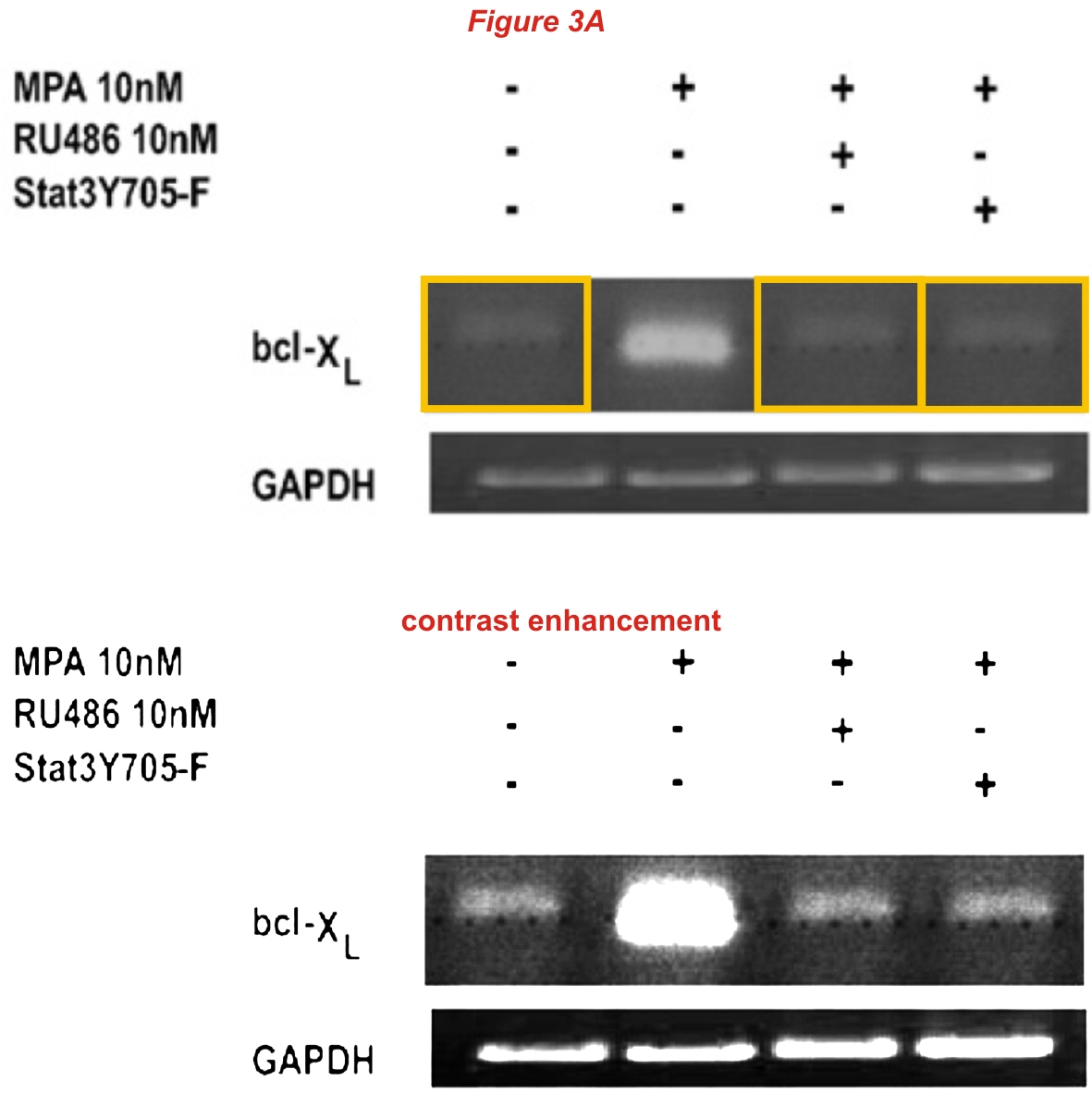

The Bcl-XL mRNA gel of figure 3A and the GAPDH control blot of figure 6B (no GAPDH signal expected as it’s a ChIP) seem to be both genuine at first glance but they are not. All the remaining blots of the article are apparently unproblematic. Are they really?
The Elizalde lab, pompously named Molecular Mechanisms of Carcinogenesis and Molecular Endocrinology, includes another principal investigator (Investigadora Principal), Roxana Schillaci, who shares with Elizalde 14 out of the 16 problematic papers. The following one sees Dr Schillaci as last name and corresponding author. The article includes a countless number of blots all showing bands floating on a homogeneous and flawless background, something reminiscent of those creations produced by papermills, but this is just one aspect of my concerns:
Rivas MA, Carnevale RP, Proietti CJ, Rosemblit C, Beguelin W, Salatino M, Charreau EH, Frahm I, Sapia S, Brouckaert P, Elizalde PV, Schillaci R* TNF alpha acting on TNFR1 promotes breast cancer growth via p42/P44 MAPK, JNK, Akt and NF-kappa B-dependent pathways Exp Cell Res (2008) doi: 10.1016/j.yexcr.2007.10.005




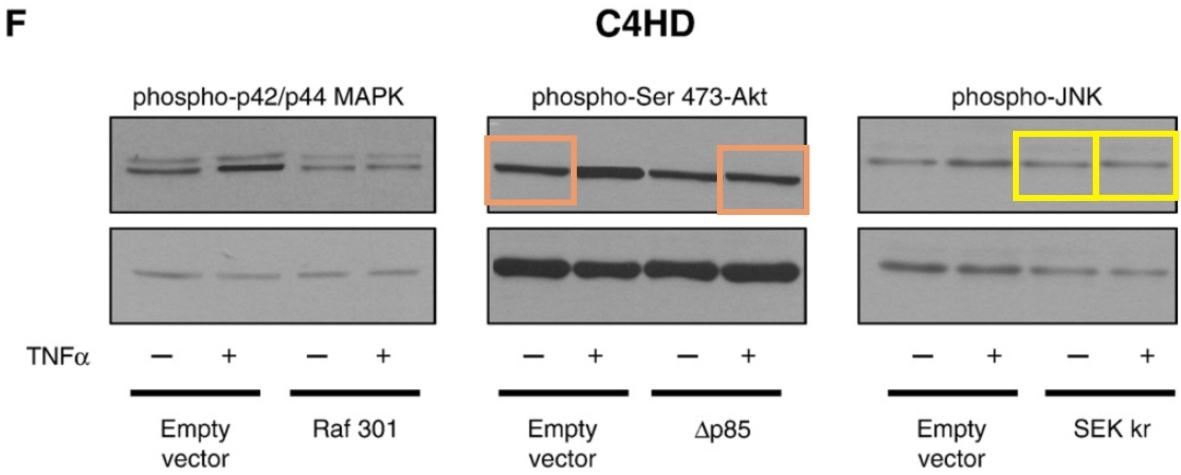
First author Martin Alfredo Rivas (7 papers in PubPeer) is now research associate at Weill Cornell Medical College, curiously in the same lab (Ari Melnick‘s) hosting his former CONICET colleague Wendy Béguelin. From Dr Rivas’ LinkedIn profile we learn he is additionally adjunct assistant professor at John Jay College of Criminal Justice, at The City University of New York, likely involved in the teaching for the cell and molecular biology course there. An obvious joke comes to mind about that, and I won’t say more.
More magic results on breast cancer research in this article from 2007:
Carnevale RP, Proietti CJ, Salatino M, Urtreger A, Peluffo G, Edwards DP, Boonyaratanakornkit V, Charreau EH, Bal de Kier Joffé E, Schillaci R, Elizalde PV* Progestin effects on breast cancer cell proliferation, proteases activation, and in vivo development of metastatic phenotype all depend on progesterone receptor capacity to activate cytoplasmic signaling pathways Mol Endocrinol (2007) doi: 10.1210/me.2006-0304



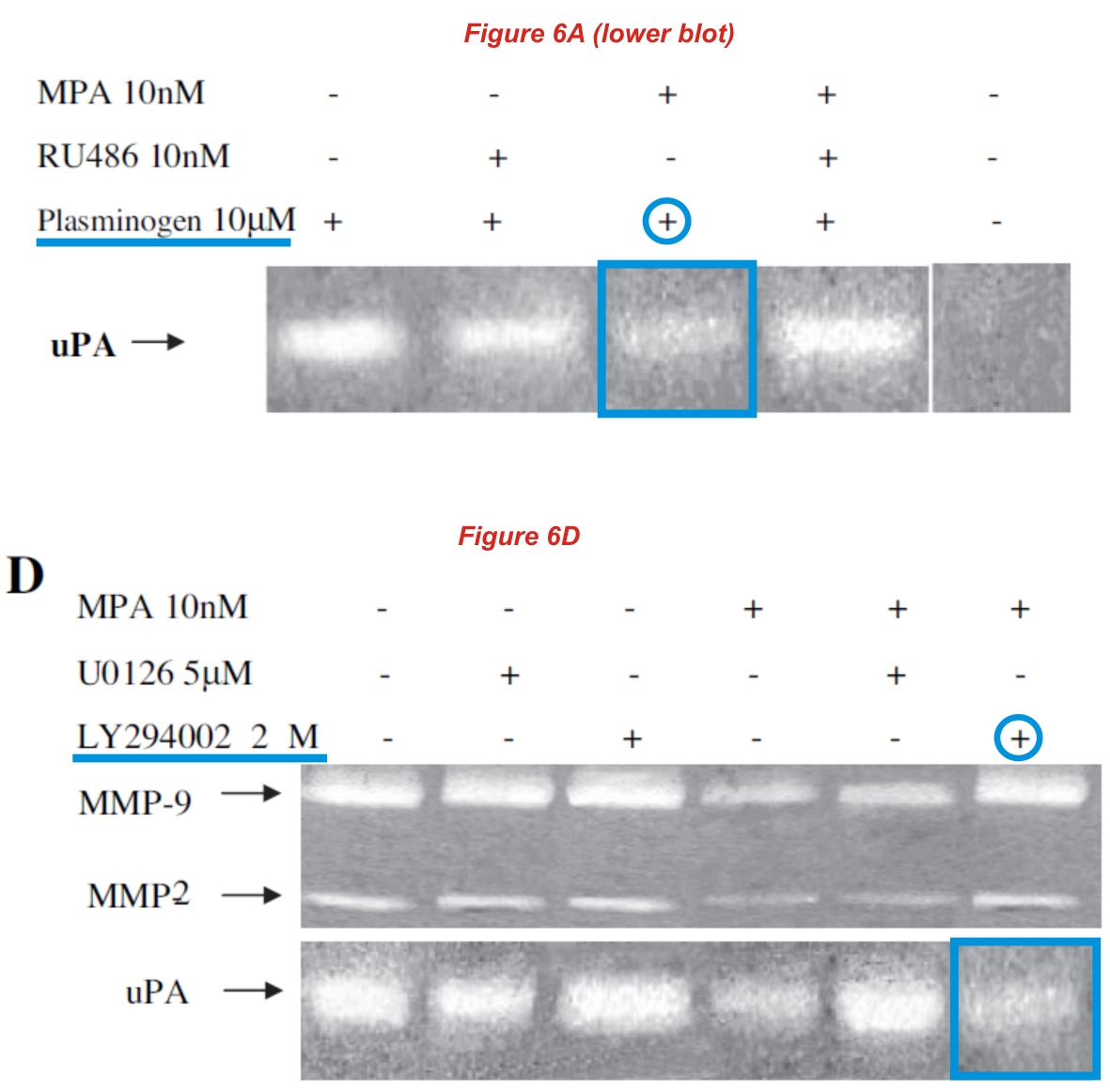
I’m not sure there’s even one single pair of adjacent bands in this article that comes from one single continuos blot. No news on what first author Romina Paula Carnevale is up to nowadays, her last publication is dated 2008 and she might have wisely chosen to leave academia.
From 2012 onwards the forgeries in Elizalde’s papers slightly descreased in number, but their seriousness remained unchanged and I speculate the group has just learnt how to build up less obviously fake blots. The next article is from 2013 and has many known names on it:
Díaz Flaqué MC, Galigniana NM, Béguelin W, Vicario R, Proietti CJ, Cordo Russo R, Rivas MA, Tkach M, Guzmán P, Roa JC, Maronna E, Pineda V, Muñoz S, Mercogliano M, Charreau EH, Yankilevich P, Schillaci R, Elizalde PV. Progesterone receptor assembly of a transcriptional complex along with activator protein 1, signal transducer and activator of transcription 3 and ErbB-2 governs breast cancer growth and predicts response to endocrine therapy Breast Cancer Res (2013) doi: 10.1186/bcr3587

Maria Celeste Díaz Flaqué (6 papers in PubPeer) is currently assistant investigator at the Instituto de Investigaciones Biomédicas (BIOMED UCA-CONICET).
The three-year period 2015-2017 was very productive for Elizalde, with six publications from her lab, three of which in Oncogene (journal IF 8.7). Five out of six of these articles are now flagged on PubPeer. Please enjoy what they managed to do with Figure 1A (!) in yet another Proietti et al. work, a figure which I believe deserves a full size presentation for the variety of camouflage techniques involved:
Proietti CJ, Izzo F, Díaz Flaqué MC, Cordo Russo R, Venturutti L, Mercogliano MF, De Martino M, Pineda V, Muñoz S, Guzmán P, Roa JC, Schillaci R, Elizalde PV* Heregulin Co-opts PR Transcriptional Action Via Stat3 Role As a Coregulator to Drive Cancer Growth Mol Endocrinol (2015) doi: 10.1210/me.2015-1170

Blue and Orange: simple copy &paste.
Magenta: same band, but brightness is slightly different for both the bands and their background.
Yellow: different brightness just for the bands, BUT the background is identical.
Dark Blue: tilting
From that busy period for the lab comes also Mercogliano et al. 2017, while here below I’ll present you the Oncogene triplet:

Cordo Russo RI, Béguelin W, Díaz Flaqué MC, Proietti CJ, Venturutti L, Galigniana N, Tkach M, Guzmán P, Roa JC, O’Brien NA, Charreau EH, Schillaci R, Elizalde PV* Targeting ErbB-2 nuclear localization and function inhibits breast cancer growth and overcomes trastuzumab resistance Oncogene (2015) doi: 10.1038/onc.2014.272
Co-first author (with Béguelin) Rosalia Ines Cordo Russo (7 papers in PubPeer) is currently adjunct investigator in the Elizalde lab, and the hierarchies seem consolidated: the magic wand will likely be handed down from Elizalde & Schillaci to Proietti & Cordo Russo, from one generation to the next. Abracadabra.
The next two papers, both from 2016, have the same first author:
Venturutti L, Cordo Russo RI, Rivas MA, Mercogliano MF, Izzo F, Oakley RH, Pereyra MG, De Martino M, Proietti CJ, Yankilevich P, Roa JC, Guzmán P, Cortese E, Allemand DH, Huang TH, Charreau EH, Cidlowski JA, Schillaci R, Elizalde PV* MiR-16 mediates trastuzumab and lapatinib response in ErbB-2-positive breast and gastric cancer via its novel targets CCNJ and FUBP1 Oncogene (2016) doi: 10.1038/onc.2016.151

Tubulin bands that are also c-Myc bands or vice versa, or none of the two. Figure 3 of this paper, from which this excerpt comes, is truly impressive and I suggest you to take a look at it. It is composed by a myriad of Western blots with a flawless, smudge-free background.
Venturutti L, Romero LV, Urtreger AJ, Chervo MF, Cordo Russo RI, Mercogliano MF, Inurrigarro G, Pereyra MG, Proietti CJ, Izzo F, Díaz Flaqué MC, Sundblad V, Roa JC, Guzmán P, Bal de Kier Joffé ED, Charreau EH, Schillaci R*, Elizalde PV* Stat3 regulates ErbB-2 expression and co-opts ErbB-2 nuclear function to induce miR-21 expression, PDCD4 downregulation and breast cancer metastasis Oncogene (2016) doi: 10.1038/onc.2015.281
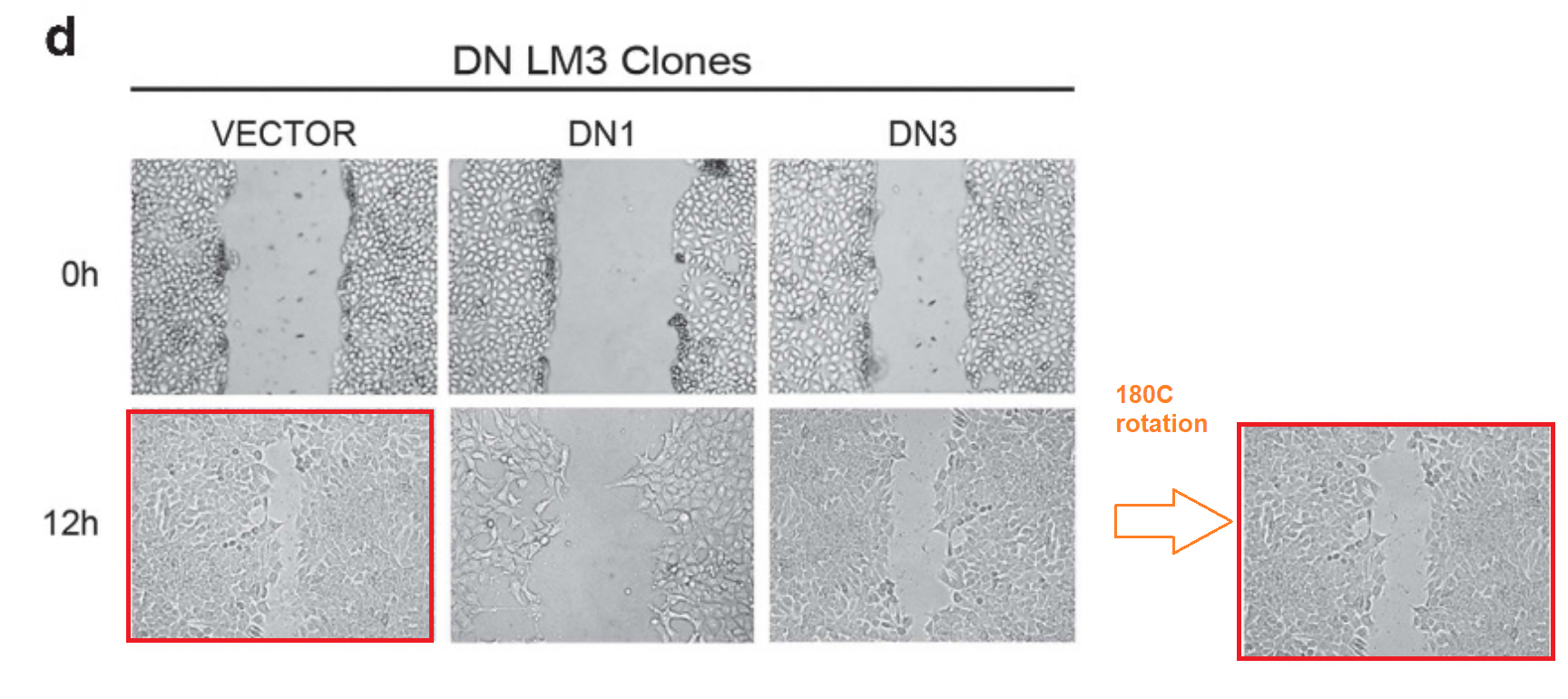
I do agree with commenter Sesuvium portulacastrum on this concern, however, a 180 deg rotation doesn’t explain all. The image Vector 12h has been obtained by deleting the central portion of the image DN3 12h, and then rotated by 180 deg. Here to the right the two images organized vertically to better spot the parts in common.

Leandro Venturutti is now group leader at the BC Cancer Research Centre in Vancouver. Astonishingly, Dr Venturutti has previously worked as research associate at Weill Cornell Medical College, exactly in the same lab where Wendy Béguelin and Matin Rivas are working today, that is to say: the Ari Melnick lab. Obviously Dr Melnick has boundless esteem for Elizalde’s work and for the way she raises her disciples, so he decided to raid IBYME of all its brightest young minds. I wonder what kind of data those people managed to produce in New York, but lots of it got published in Cell, Nature, Cancer Cell, etc, under the supervision of Ari Melnick. Actually Dr Melnick has 6 papers flagged on PubPeer as of today, however, to be fair, he is not lead author on any of them.
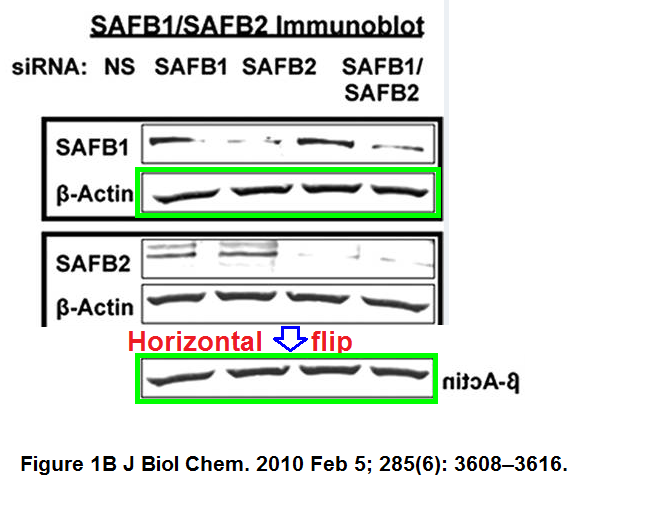

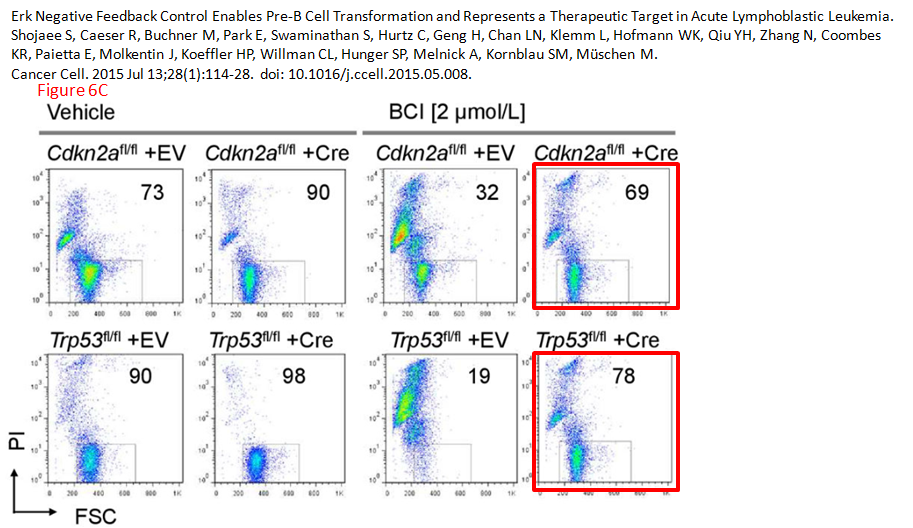


Weill Cornell is certainly not just any place. For Better Science readers may remember what kind of bogus articles its people are capable of. Illustrious examples are the Dean of Weill Cornell Augustine M.K. Choi, the director of the Cancer Center of Weill Cornell Medical College Lewis Cantley, the chair of Pathology and Laboratory Medicine Massimo Loda, and the amazing Andrew Dannenberg, who boasts 19 retractions and retired from Weill Cornell in 2021, and also the immunologists Andrea Cerutti and Paolo Casali, who worked at Weill Cornell from 1997 till 2003 and then moved elsewhere. Most of the evidence of fake dada from these guys was exposed on PubPeer by the image integrity sleuth Clare Francis.
O du lieber Augustine MK Choi
Augustine Choi is Dean of Weill Cornell and a misunderstood genius. He discovered that carbon monoxide is a cure for all possible diseases, just add a bit of Photoshop.
mTOR: conclusions not affected?
David Sabatini, remember that story? Well, it seems the conclusions were not affected. I take an ill-informed look at the mTOR signalling research field, to understand how photoshopped data gets to be independently verified by other labs.
AACR deploys Massimo Loda on a mission to cure cancer
Meet Massimo Loda, the new EiC of Molecular Cancer Research. Not despite, but because of his PubPeer record. Also meet his partner Michele Pagano!
The wizard men curing breast cancer
A breast cancer foundation celebrates its research heroes. Read now here about how great US scientists from Harvard, MIT, Weill Cornell and MD Anderson cure cancer.
How Andrea Cerutti molested and defiled Journal of Immunology
Spain is where dishonest research gets rewarded, with awards, grants and media fame. No wonder the New York-based immunologist Andrea Cerutti opened a second lab in Barcelona.
On top of that, it’s equally funny that Weill Cornell Med College is where also Jeffrey Laurence works, the Editor-in-Chief of Translational Research since 2006, who has recently refused to investigate three papers by the mega-fraudster Javier González-Gallego (read here and here) breaking the rules of COPE guidelines. I start to believe it would be worth to comb through the research carried out by all those guys there at Weill Cornell, it could be fun.
Javier suspects everyone!
“If in any case we consider that the problems with the images really affected the validity of the results, we ourselves would ask the corresponding journal to retract the article.” – Prof Javier González-Gallego
Let’s leave the problems in New York aside for now, and go back to Buenos Aires, because troubles aren’t over with Elizalde. As said, forgeries continued up to today, so now come two papers from 2020 and 2022, both first-authored by a PhD student, Santiago Madera:
Madera S, Chervo MF, Chiauzzi VA, Pereyra MG, Venturutti L, Izzo F, Roldán Deamicis A, Guzman P, Dupont A, Roa JC, Cenciarini ME, Barchuk S, Figurelli S, Lopez Della Vecchia D, Levit C, Lebersztein G, Anfuso F, Castiglioni T, Cortese E, Ares S, Deza EG, Gercovich FG, Proietti CJ, Schillaci R, Cordo Russo RI, Elizalde PV* Nuclear PDCD4 Expression Defines a Subset of Luminal B-Like Breast Cancers with Good Prognosis Horm Cancer (2020) doi: 10.1007/s12672-020-00392-4

Young Madera seems to be already following in the footsteps of his predecessors Peters, Proietti, Cordo Russo, Béguelin, Rivas, Venturutti, etc. He is likely the new spearhead of the group, a sort of new Harry Potter at IBYME. So let’s keep an eye on this talented wizard for the next few years, maybe awaiting for Melnick to pick him too.
Madera S, Izzo F, Chervo MF, Dupont A, Chiauzzi VA, Bruni S, Petrillo E, Merin SS, De Martino M, Montero D, Levit C, Lebersztein G, Anfuso F, Roldán Deamicis A, Mercogliano MF, Proietti CJ, Schillaci R, Elizalde PV*, Cordo Russo RI* Halting ErbB-2 isoforms retrograde transport to the nucleus as a new theragnostic approach for triple-negative breast cancer Cell Death Dis (2022) doi: 10.1038/s41419-022-04855-0
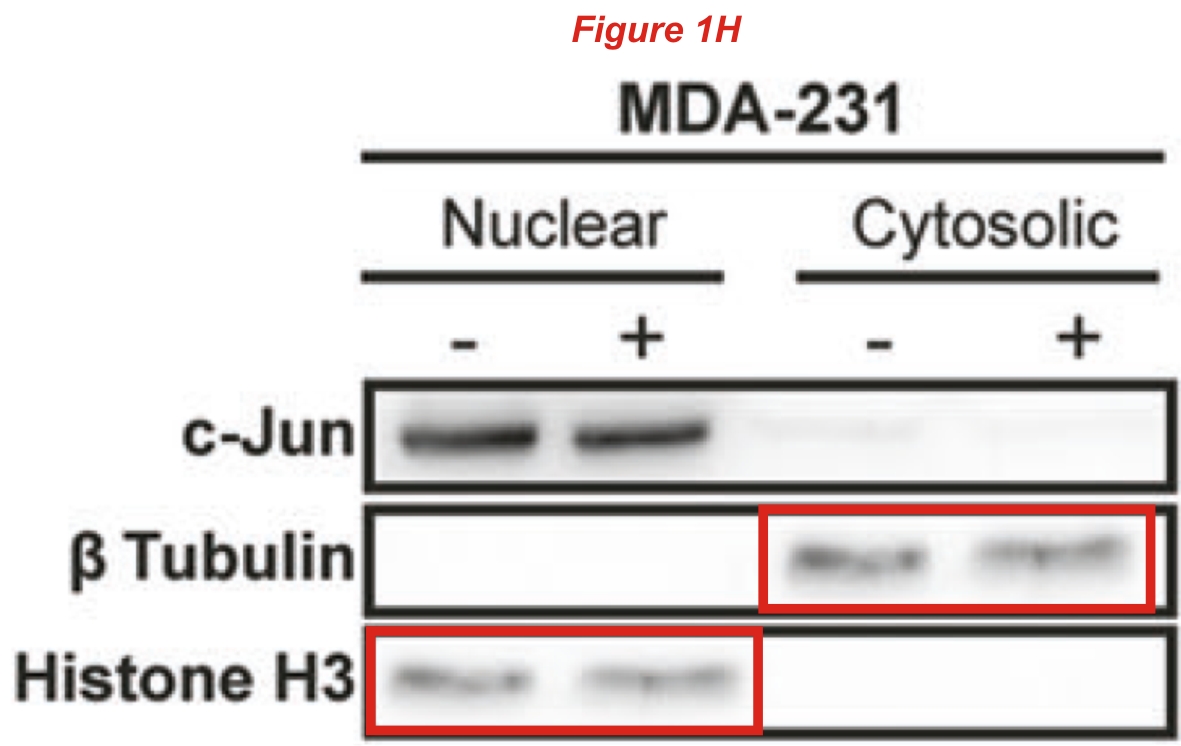
Figure 1, a blatant copy & paste that is a poke in the eye, peer-reviewed by a journal from which we can expect nothing but this, the notorious Cell Death & Depravity. And also, what a memorable maiden corresponding authorship for Rosalia Cordo Russo. What more could we want?
Cell Death and Depravity
Is the journal Cell Death and Disease a disease itself, parasitised by Chinese paper mills? Can it be cured? Not with this team of doctors on editorial board.
The years go by, but there is always a new brood of young sorcerer’s apprentices to be initiated into the practices that have been in vogue for decades in the Elizalde lab.
Cancer research is in bad shape like the Alzheimer one, the latter being recently shaken from its foundations after the Lesné scandal. Only difference: cancer research foundations have been shaken since many years already. You may recall the cases of Stuart Aaaronson, Michael Andreev, Marina Konopleva, Alan Ashworth, Katja Lamia, Ronald Khan, Pier Paolo Pandolfi, Robert Weinberg, Anil Sood, Robert Coleman, Raghu Kalluri, Sonia Melo, Bharat Aggarwal, Stacy Blain, Joan Messagué, Michael Karin, Lufen Chang, Gökhan Hotamisligil, Umut Ozcan, Ewan Gallagher, Giuseppina Bonizzi, Roberto Gherzi, Gabriella Santoro, Carlo Croce and many, too many more.
Sylvain Lesné is a failed scientist
From Lesné’s public shame to successful role models of neuroscience like Aguzzi and Tessier-Lavigne.
Anil Sood and how much MD Anderson doesn’t care: whistleblowers speak out
“The graduate school at University of Texas MD Anderson does not care and keep sending students to his lab, Sood is a member of faculty there. RIO at MDACC doesn’t care because witnesses either left the country or are too afraid to speak.”
The Legacy of Joan Massague
Cancer research giant Joan Massagué has no time to correct his old papers.
AACR conjures undead Count Fakula Michael Karin
What better distraction than the COVID-19 pandemic to revive one of the spookiest parasites in cancer research? AACR uses the COVID-19 cover to award Michael Karin, for his over 50-paper-strong record of data fakery.
Croce begat Calin, and Calin begat Girnita…
An academic dynasty of bad cancer research.
Pier Paolo Pandolfi out of Harvard, spotted in Italy and Nevada
Star cancer researcher Pier Paolo Pandolfi left Harvard. The allegations are very serious, but do his new employers in Nevada and Italy mind?
Kristian Helin gets the perfect job
ICR London has a new director. The Great Dane Kristian Helin is the perfect successor to continue the ideological line of fictional cancer research.
Suddenly it comes to my mind what years ago a colleague running his own lab told me: he could not reproduce any results published in the previous 10 years by others. Here you go, mate. Hundreds, if not thousands of respected scientists working in top institutions simply fake results, and this happens in any research field. But lift your spirits up! No matter if the data behind medical protocols and oncological treatments are imaginary! Since science is long dead, we can always rely on the haruspices.

PS by LS: I wrote to Elizalde, Peters, Schillaci, Proietti and Melnick. Nobody replied.
Update 1.09.2022
After I lodged a research misconduct notification in Elizalde’s case, the CONICET’s Vice President for Scientific Affairs Mario Pecheny informed me:
“in its meeting today, the Board of the CONICET decided to create a small scientific committee, integrated by three senior researchers, to conduct an evaluation of evidence and responsibilities, and to initiate a formal and quick investigation of the affair. “





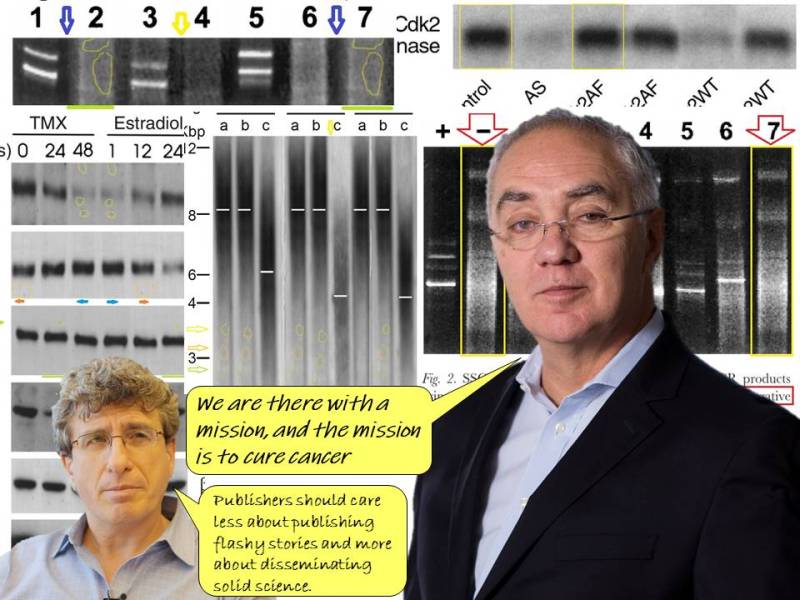












We encountered yet another very special character working at Weill Cornell: Fernando J. Martinez, who happens to be also Editor-in-Chief of the American Journal of Respiratory and Critical Care Medicine.
Likewise Jeffrey Laurence, Martinez refused all action regarding very fraudulent papers from some crooks in Palermo:
I was instructed by Dr Martinez to write directly to IRIB-CNR and to a dead corresponding author about those papers. Genius.
These are too many coincidences for one single institute, Weill Cornell. Way too many.
LikeLike
I’m happy that my tip about Elizalde PV on Javier’s post was worth following! Thanks for the great work again, Aneurus and Leonid. And such a shame (but not surprising…) that you got 0 response from editors/authors
LikeLiked by 1 person
Excellent tip indeed. Thanks.
LikeLike
Hey, Aneurus. I was checking some papers by Alba Minelli – maybe it’s something that will be of your interess too.
LikeLiked by 1 person
We got a very encouraging response from CONICET though.
Compare to what we get in Spain.
LikeLike
I’m done with Alba Minelli.
She stops at 10 papers flagged on PubPeer.
LikeLike
https://www.eldestapeweb.com/sociedad/ciencia/cientifica-argentina-en-el-ojo-de-la-tormenta-por-una-denuncia-de-fraude-20229320490
Late on Thursday, a collective letter signed by “Ibyme researchers” circulated in which they say they have “contrasted the information [from For Better Science ] with the referenced scientific publications and have confirmed that the analysis is correct, which calls into question evidences the falsification of numerous results over the last 20 years”. In addition, they ask for an “active and urgent attitude regarding the formal investigation of the facts and the conduct that will be taken with respect to those responsible for these regrettable acts.”
Contacted by eldestapeweb.com , the researcher denied all the accusations: “What has been published in that article is a terrible infamy and totally untrue,” she answered by email. “We have all the evidence on which our work is based and we will present it. Of course it’s about slander and insults “.
LikeLike
Why the authors have not responded to ANY PubPeer thread as of today, if they have “all the evidence” that tha data are genuine?
LikeLike
https://www.conicet.gov.ar/mensaje-del-directorio-del-conicet-3/
En su última reunión del día 31 de agosto del corriente año, el Directorio del CONICET tomó conocimiento de un artículo periodístico en el cual se denuncia un presunto fraude científico por parte de unos/as investigadores/as del Consejo -en datos de unas determinadas publicaciones-. Consecuentemente, en carácter de urgencia ordenó -por unanimidad- que se instruya sumario administrativo de rápido curso, a fin de precisar todas las circunstancias y reunir los elementos de prueba tendientes a esclarecer la comisión de eventuales irregularidades. Asimismo, resolvió conformar un Comité de Expertos/as a fin de que analicen los documentos remitidos y otros, y se expidan sobre los mismos con el objeto de contribuir técnicamente a la investigación ordenada.
El Directorio del CONICET expresa su profunda preocupación por esta posible comisión de hechos, los cuales considera de suma gravedad, y en consecuencia se dispuso a analizar y tratar el caso con la mayor celeridad y rigurosidad.
LikeLike
That photoshop you did of Dr E is perfect. As a witch/sorcerer, I find her very compelling, if I may say.
LikeLiked by 1 person
Pingback: “How can one artifically make this happen?” – For Better Science
Do you have any updates about this investigation CONICET has supposedly started about Dr Elizalde misconduct? It was supposed to be on a fast track (sumario administrativo de rápido curso) but nothing has been informed and the journalist that published what you cited does not seem interested anymore (https://www.eldestapeweb.com/sociedad/ciencia/cientifica-argentina-en-el-ojo-de-la-tormenta-por-una-denuncia-de-fraude-20229320490)
In fact, I’m more worried about her seeds since it seems that for some of them old habits die hard. Have you had any communication with the institutions where Peters, Proietti, Rivas and Beguelin are currently affiliated? I find it weird that a corresponding author manipulates results without first authors knowing and acknowledging. In fact, it seems Peters keep doing it as a leading PI
LikeLike
No updates, unfortunately. Sorry.
LikeLike
I’ve sent an email to the members of the investigating committee for an update.
LikeLike
Thank you!!!
Looking forward to knowing what’s going on
LikeLike
Hi TodosNos, I got no reply as of today by the committee at CONICET to my email dated 9 Feb 2023. I doubt they will reply at all.
I realized I hadn’t notified the journals of Elizalde’s paper, I was relying on the apparent willingness by CONICET to investigate. My fault. I have now informed the Editors in Chief and the ethics office on the cases.
I got a reply by the EiCs only for nine of the papers. Moreover, one reply was by Justin Stebbing, EiC of Oncogene, who is a well known cheater himself. Stebbing replied with a laconic “received” to my notification on the four Ocogene papers by Elizalde. In other words, just 5 papers are likely to be investigated at the moment: three at Mol Cell Biol, one at Steroids, one at Breast Cancer Res Ther.
LikeLike
Yet another reply today by Experimental Cell Research regarding Rivas 2008, they are going to investigate.
LikeLike
Thanks for your updates on this case Aneurus. It’s been sixth month since your original posting so I guess CONICET authorities were hoping to sweep it under the carpet.
It takes no time to prove the accusations of data forgery are groundless if they believe so: just showing any WB that backs up what they published would have been a good starting point.
The evidence is so compelling that trigger a collective letter from Dr Elizalde’s colleagues in the institution were she has her lab. But it seems they were not as concerned as they tried to show, so maybe the CONICET investigation and that letter were just acting with no real intention of any further action. Dr Pecheny reply finishing with “At CONICET, we are committed to guarantee the ethical and institutional conditions “for better science!” gives me no hope.
Also thanks for contacting the journals. I guess that tackling the case by reaching out the editors might push CONICET authorities to fuel this otherwise stalled investigation, if the journal editors have some ethical sense and do their jobs
I’m surprised (well, I’m not) that we haven’t heard anything from the first authors of those papers. As someone posted, no one commented on PubPeer. I wonder how many times they used these papers to build the stories to get new grants, to show in interviews for postdoc positions and so on. They even made it to the newspapers with one of the flagged publications
https://www.lanacion.com.ar/ciencia/cientificos-argentinos-avanzaron-en-la-cura-del-cancer-de-mama-nid1325377/
Maybe the Susan G. Komen for the Cure have anything to say as they mentioned it funded the research in that publication
LikeLike
I finally got a reply from Mario Pecheny on 22 February 2023, which reads:
Dear Aneurus,
The investigation process is still in progress, both in academic/scientific and in administrative/institutional terms. We will keep you posted, thanks for your interest. At CONICET, we are committed to guarantee the ethical and institutional conditions “for better science!
Warm regards,
Mario Pecheny
LikeLike
Thanks for your updates on this case Aneurus. It’s been almost sixth month since your original posting so I guess CONICET authorities were hoping to sweep it under the carpet.
It takes no time to prove the accusations of data forgery are groundless if they believe so: just showing any WB that backs up what they published would have been a good starting point.
The evidence is so compelling that trigger a collective letter from Dr Elizalde’s colleagues in the institution were she has her lab. But it seems they were not as concerned as they tried to show, so maybe the CONICET investigation and that letter were just acting with no real intention of any further action. Dr Pecheny re”At CONICET, we are committed to guarantee the ethical and institutional conditions “for better science!”
It may take some time to determine who bears the most of responsibilities, if the students/PhD candidates or the PI.
LikeLike
RETRACTION to Buchanan et al. 2010 Breast Cancer Res Treat, 4th September 2023:
https://link.springer.com/article/10.1007/s10549-023-07120-w
“The Editor-in-Chief has retracted this article. After publication, concerns were raised regarding similarities in the western blot images presented in the figures.
Specifically:
In Fig. 2a, the p21 lanes 1 and 2 appear highly similar.
In Fig. 2b, the p27 lanes 3 and 4 appear highly similar.
In Fig. 2e, the cyclin B1 and actin blots appear highly similar (flipped horizontally).
In Fig. 3a, pErk1/2 lanes 7 and 11, and Erk1/2 lanes 4–6 and 7–9 appear highly similar.
In Fig. 4a, pAkt lanes 2–3 and 5–6, and Akt lanes 5–8 and 9–12 appear highly similar.
The authors have provided alternative data to validate the results presented in Fig. 2, but have been unable to recover any original data for Figs. 3 and 4.
Due to the high number of concerns, the Editor-in-Chief no longer has confidence in the presented data.
Stigliano, L. Puricelli, E. Bal de Kier Joffé and M. G. Peters do not agree to this retraction. None of the other authors have responded to any correspondence from the editor or publisher about this retraction.”
LikeLike
RETRACTION to Stigliano et al. 2009 Breast Cancer Res Treat, 9th September 2023:
https://link.springer.com/article/10.1007/s10549-023-07123-7
The Editor-in-Chief has retracted this article. After publication, concerns were raised regarding the western blot and wound healing images presented in the figures. Specifically:
Figure 2 A E-Cadherin appears highly similar to Fig. 8D Actin in [1].Figure 2 A beta-Catenin appears highly similar to Fig. 8C beta-Catenin in [1] (flipped horizontally).
There appear to be two cases of partial image overlap in Fig. 6.
The authors have provided partial raw data to address these concerns. However, these did not include the corresponding original images for the Fig. 2A blots in question, and did not explain the apparent partial overlap and rotation between different images in Fig. 6.
The Editor-in-Chief therefore no longer has confidence in the presented data.
Ivan Stigliano, Lydia Puricelli, Elisa Bal de Kier Joffé and María Giselle Peters do not agree to this retraction. Jorge Filmus and Mari Cleide Sogayar have not responded to any correspondence from the editor or publisher about this retraction.
LikeLiked by 1 person
Shameful CORRECTION to Cordo Russo et al. 2015 Oncogene, 08 September 2023:
https://www.nature.com/articles/s41388-023-02832-1
Following the publication of this article, it was noted a mistake in the Western blot (WB) shown in Figure 3f. The band corresponding to JIMT-1 cells stimulated with HRGβ1 and treated with trastuzumab in the second panel of Figure 3f (WB revealed with the ErbB-2 antibody) was inadvertently duplicated. This mistake occurred when bands in the original WB were spliced to assemble Figure 3f. The authors have provided the correct raw data and a revised Figure 3f which contains a black line indicating that lanes that were non-adjacent in the gel were re-arranged. Therefore, in the revised second panel of Figure 3f it is shown that: (i) protein extracts present in lanes 1 and 2 were adjacent in the gel, (ii) lanes in the middle of the gel were spliced, which is highlighted by a black line (iii) the adjacent lanes 3 to 6 in the gel were assembled along with lanes 1 and 2 to present data in said second panel.
The legend in Figure 3f was modified to duly acknowledge the non-adjacent lanes in the original gel. The revised version reads as:
Revised Legend to Figure 3.
Inhibition of ErbB-2 nuclear localization blocks proliferation in Ttzm-resistant BC. (a) Cells transfected with pcDNA3.1 (left) or hErbB-2ΔNLS (right) vectors were treated as indicated. ErbB-2 (red) and GFP-tagged-hErbB-2ΔNLS (green) were localized as in Figure 2. Solid arrows: hErbB-2ΔNLS-transfected cells; dashed arrows: wild-type cells that did not uptake the hErbB-2ΔNLS mutant. Nuclei were stained with 4’,6-diamidino-2-phenylindole (DAPI) (blue). (b–d) Quantitative analysis of ErbB-2 subcellular localization. Fluorescence intensities of MErbB-2 and NErbB-2 were quantified in 50 cells from each group and are plotted as the ratio of MErbB-2/NErbB-2 (b), the percentage of MErbB-2 (c) or the percentage of NErbB-2 (d) (mean ± s.d.). For # vs *P < 0.001. For b–e vs a, c–e vs b, and d vs c: P < 0.001. For c and d vs e: P < 0.05. (e) Blockade of NErbB-2 localization inhibits in vitro growth. Cells were transfected and treated as indicated. Proliferation and data were analyzed in Figure 2. For b and c vs a, and d vs b: P < 0.001. (f and g) Effect of hErbB-2ΔNLS on ErbB signaling. Cells were transfected and treated as in (e). WB analysis (f) and immunoprecipitation analysis (g) were performed as in Figure 2. The black line in the second panel of (f) was added to show that lanes 1 and 2 were adjacent in the gel, lanes in the middle of the gel were spliced and lanes 3 to 6 were adjacent in the gel. (h) Cell proliferation in intrinsic and acquired Ttzm-resistant cells was evaluated by [3H]thymidine incorporation or cell count. Data are presented as in (e). For b and c vs a, and d vs b: P < 0.001. Experiments in (a–h) were repeated three times, with similar results. (i) hErbB-2ΔNLS blocks in vivo growth. Left panel: Cells were inoculated subcutaneously in mice. When JIMT-1 tumors reached 40 mm3, animals were divided into three groups and injected with Ttzm, IgG, or remained untreated. JIMT-1-hErbB-2ΔNLS-injected mice developed tumors with a latency of 40 days. Each point represents the mean tumor volume ± s.e.m. Right panel: Decrease in tumor mass. (j) Tumor growth. aGrowth rates were calculated as in Figure 1. Volume, percentage of growth inhibition, and delay in tumor growth from the different groups with respect to tumors from JIMT-1 cells were calculated at day 64. # vs *P < 0.001. bWith respect to JIMT-1 cells, P < 0.001 (see Supplementary Fig. S2).
The authors emphasize that under “Results” they have shown the same results as those presented in Fig 3f for JIMT-1 cells in multiple BC cell lines and tumor models: A. Murine BC C4HD cells, which mimic ErbB-2-positive BC (“Nuclear ErbB-2 drives HRGβ1-induced BC growth”); B. An in vivo BC model induced by HRGβ1 (“Nuclear ErbB-2 drives HRGβ1-induced BC growth”) and C. BT-474 and SK-BR-3 human BC cells treated with HRG β1 that represent a model comparable to JIMT-1 cells. Particularly, SK-BR-3 cells treated with HRGβ1 are a model closer to JIMT-1, since they lack estrogen and progesterone receptor (“Comparison between hErbB-2ΔNLS and Ttzm effects in ErbB-2 activation and BC growth”).
The authors apologize for the mistake in the assembly of Figure 3f, which does not affect the conclusions of the article.
This was the fake Figure 3f:
LikeLike
Thanks for your updates Aneurus. I hope this encourages Mario Pecheny and the CONICET to speed up their investigation on the fraudulent behavior that has been brought to light. I also hope that it reaches all of the people involved since these retractions show that it is not just Dr Elizalde who behaved this way but also other people she mentored. I find hard to believe that first authors, if not directly involved, didn’t realize the manipulation of what should be mostly their results.
LikeLike
Not connected to the Elizalde case but still regarding CONICET…
RETRACTION to Paulazo et al. 2019 Endocrine, 10 October 2023:
https://pubpeer.com/publications/7362E006FDA1970756A0976B6D70A6
https://link.springer.com/article/10.1007/s12020-023-03557-7
“The Editor-in-Chief has retracted this article. After publication, concerns were raised regarding the western blot images presented in the figures. Specifically:
Fig. 4c appears to present duplicated Actin bands (top, lanes 2 and 3; bottom, lanes 3 and 4).
Fig. 7c p-ERK blot appears to contain vertical breaks between the bands.
The authors have been unable to retrieve the original raw data for Fig. 4c, and stated that two lanes were switched around in Fig. 7c p-ERK blot. The Editor-in-Chief therefore no longer has confidence in the presented data.
The authors have repeated the experiments and have been offered to submit a revised manuscript for further peer review.
María Alejandra Paulazo, Alicia Juana Klecha, Helena Andrea Sterle, Florencia Cayrol and Graciela Alicia Cremaschi do not agree to this retraction. Eduardo Valli, Horacio Torti and María Laura Barreiro Arcos have not responded to any correspondence from the editor or publisher about this retraction.”
LikeLike
RETRACTION to Díaz Flaqué et al. 2013 Breast Cancer Res, 02 November 2023:
https://link.springer.com/article/10.1186/s13058-023-01735-z
“The Editor-in-Chief has retracted this article. After publication, concerns were raised regarding the western blot images presented in the figures. Specifically:
In Fig. 6g, the two pErbB2 blots appear highly similar, including the background features, with a couple of bands showing differences. In the pErbB2 (Tyr927), lanes 6 and 10 appear highly similar, and there appears to be a splice mark to the left of lane 10.
In Fig. 6g pp44/pp42 MAPK blot, lanes 3 and 4 appear highly similar to lanes 9 and 10, and there appears to be a splice mark to the left of lane 9.
In Fig. 6g p42/p44 MAPK blot, lanes 1 and 5 appear highly similar.
In Fig. 8a, there appears to be a splice mark in the p–c-Jun blot between lanes 2 and 3. There are no splices in the c-Jun blot.
In Fig. 8f and g, three of the four p42 and p44 MAPK western blot bands appear highly similar, although the figures represent different cells.
The Editor-in-Chief therefore no longer has confidence in the presented data.
María C Díaz Flaqué, Natalia M Galigniana, Patricio Yankilevich and Patricia V Elizalde do not agree to this retraction. None of the other authors have responded to any correspondence from the editor or publisher about this retraction.”
LikeLike
Three shameful CORRECTIONS by Oncogene to Balañá 2001, Cordo Russo 2015, Venturutti 2016 issued between September-November 2023:
https://pubpeer.com/publications/3B256358A9DD3277A4BBC1BB3D0748#2
https://pubpeer.com/publications/DF534369C34CBD50848A34F10CBEEF#2
https://pubpeer.com/publications/1AB2479FF74F26272AA7FDFC3F959E#2
Yes, EiC Justin Stebbing stikes again.
LikeLike
Yet another shameful correction, this time to Venturutti et al. 2016 Oncogene:
PubPeer – Stat3 regulates ErbB-2 expression and co-opts ErbB-2 nuclear…
Correction: Stat3 regulates ErbB-2 expression and co-opts ErbB-2 nuclear function to induce miR-21 expression, PDCD4 downregulation and breast cancer metastasis | Oncogene (nature.com)
LikeLike